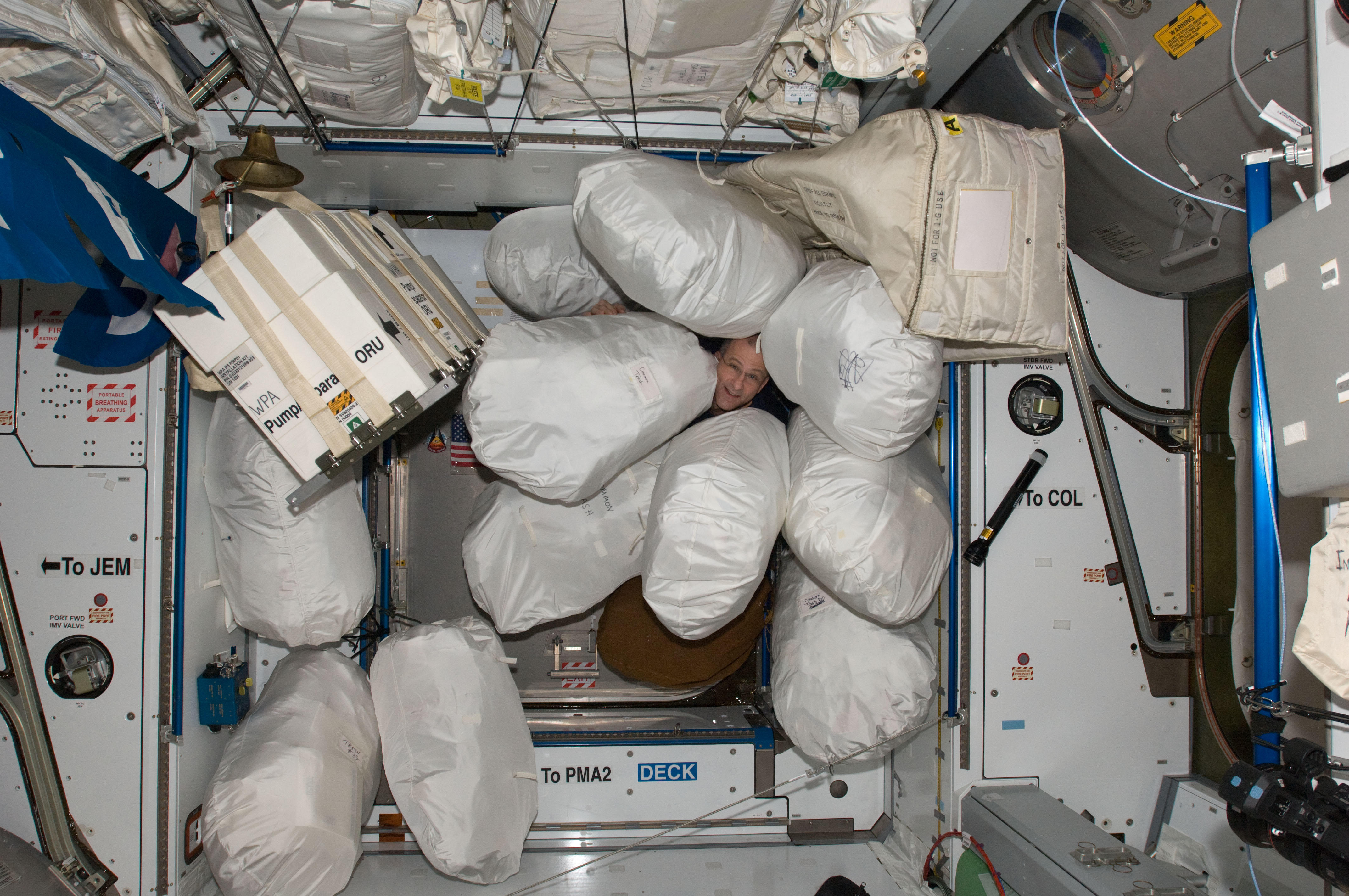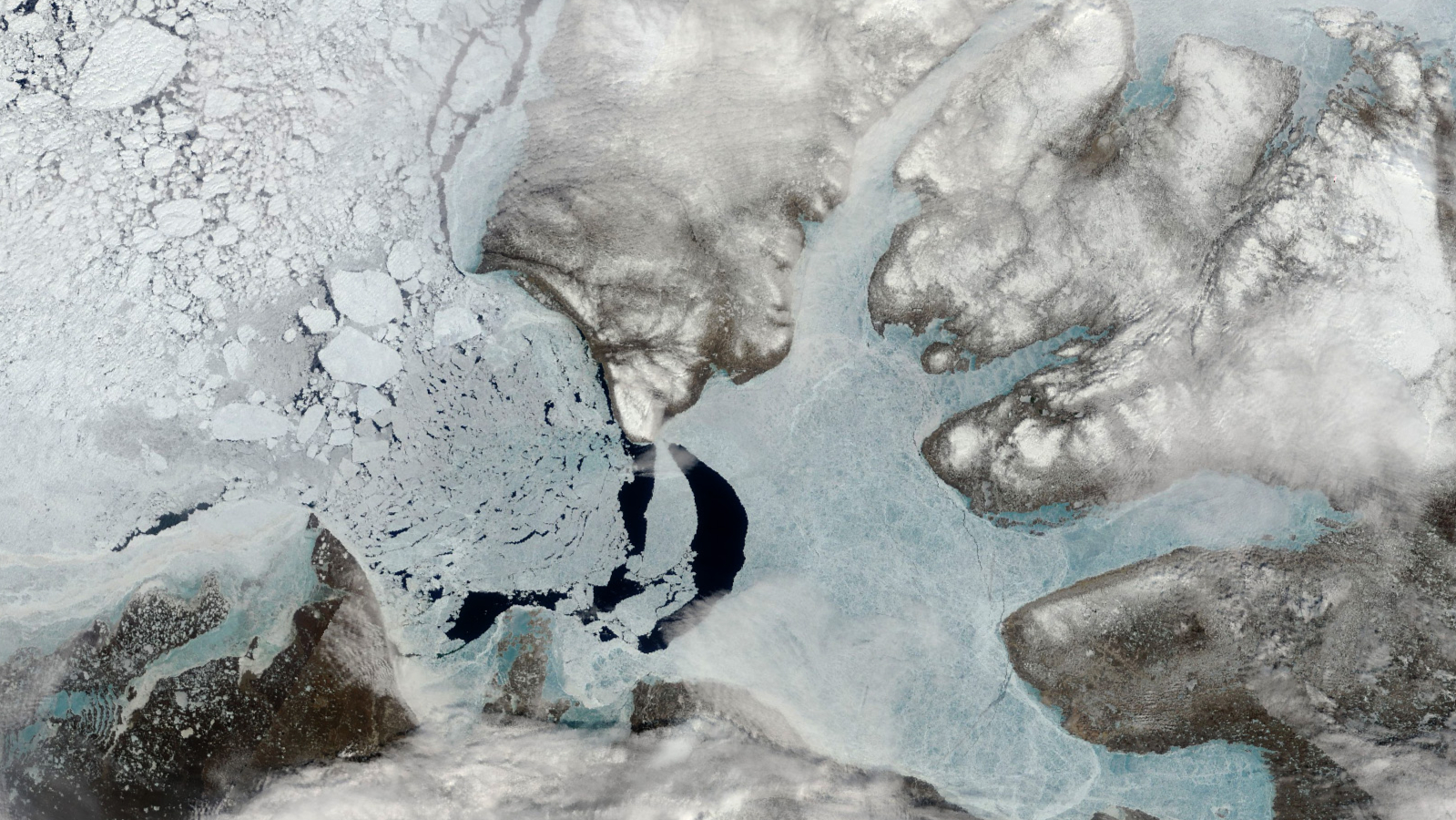NASA Announces Trashy Award-Winning Ideas for Cleaning Space Station
These recycling plans could clear space on the station.

NASA recently selected three winning ideas to compress trash in space with a minimum of fuss.
Because astronauts have limited space in their living quarters — and because nobody likes the danger that ejected space debris poses to spacecraft — dealing with trash is a constant issue for spaceflyers.
That's why NASA, in partnership with the company NineSigma, created a Recycling in Space Challenge to encourage the public to think of ways of processing and feeding trash into a high-temperature reactor. This will allow NASA's Advanced Exploration Systems directorate (which develops prototype systems and validates operational concepts for human exploration), as well as the agency's space technology programs, to develop methods to recycle waste and convert the trash into useful gases.
Three winners were selected from a NASA Tournament Lab crowdsourcing challenge, according to a statement from NASA.
The award recipients are:
- Aurelian Zapciu, Romania — $10,000 for first place, Waste Pre-Processing Unit. This uses space-saving features, as well as ejectors that are cam-actuated (they use a rotating or sliding piece in a mechanical system) to move trash through a system. Then, another mechanism brings the waste products into a reactor.
- Derek McFall, United States — $2,500 for second place, Microgravity Waste Management System. This uses a hopper to deal with solid waste, as well as controlled air streams for liquid and gaseous waste.
- Ayman Ragab Ahmed Hamdallah, Egypt — $2,500 for second place, Trash-Gun (T-Gun). This uses air jets to compress trash before moving it through the system, overcoming the problem of operations in microgravity, where everything floats and makes compression difficult.
The submissions had to take into account several factors besides the lack of gravity, including the amount of space available, the sound level created, and the amount of power used as well as crew safety, according to the NASA statement. The proposed systems couldn't use a lot of consumables, either. (Consumables are items such as oxygen, water and power.)
"The challenge produced ideas that were innovative and that we had not yet considered," Paul Hintze, a judge for the competition, said in the statement. Hintze is also a chemist with NASA's Kennedy Space Center exploration, research and technology programs. "I look forward to further investigating these ideas and hope they will contribute to our human spaceflight missions."
Breaking space news, the latest updates on rocket launches, skywatching events and more!
Learn about the NASA Tournament Lab (including how to participate in the lab's challenges) here; read about more citizen science opportunities and challenges at NASA here.
- Astronauts Drink Recycled Urine, and Celebrate
- US Military Building Space Robot to Recycle Satellites (Video)
- The International Space Station: Inside and Out (Infographic)
Follow Elizabeth Howell on Twitter @howellspace. Follow us on Twitter @Spacedotcom and on Facebook.
Join our Space Forums to keep talking space on the latest missions, night sky and more! And if you have a news tip, correction or comment, let us know at: community@space.com.

Elizabeth Howell (she/her), Ph.D., was a staff writer in the spaceflight channel between 2022 and 2024 specializing in Canadian space news. She was contributing writer for Space.com for 10 years from 2012 to 2024. Elizabeth's reporting includes multiple exclusives with the White House, leading world coverage about a lost-and-found space tomato on the International Space Station, witnessing five human spaceflight launches on two continents, flying parabolic, working inside a spacesuit, and participating in a simulated Mars mission. Her latest book, "Why Am I Taller?" (ECW Press, 2022) is co-written with astronaut Dave Williams.
